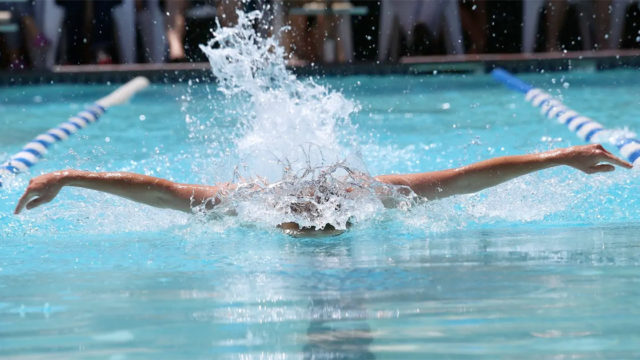Introducing the Adweek Podcast Network. Access infinite inspiration in your pocket on everything from career advice and creativity to metaverse marketing and more. Browse all podcasts.
Every four years, the Summer Games are a time of celebration in the halls of agencies and brands as new TV spots and digital placements launch. With a reliable schedule, agencies assemble their ideal media plans in the year leading up to the Olympics.
This past year obviously looked different. The Olympics were postponed by a year, and there were question marks surrounding both the event itself and media support. However, anticipation was high. After all, we’d been attached to our screens during the pandemic, our top source of entertainment, and everyone was starved for normalcy.
Americans are watching the Olympics, but on which screen, and how closely are they paying attention? With the ubiquity of mobile devices as a primary source of information, connection and entertainment, is TV still the first screen or has it been relegated to second fiddle?
Second screening is already standard
Here’s what we know for sure: During broadcast events like the Olympics, viewers are no longer solely focused on the big screen. The majority (67%) of all internet users in North America already use a phone as a second screen to TV, according to Global Web Index, and it’s arguably even more common during live events like sports.
Why? Because outside of the stadium, sports viewers want to “feel the roar of the crowd in real-time” and connect with other fans, hence the volume of posts, messages and use of social media. There’s also the desire to learn more as we watch, to search for facts, stats and trivia about the teams and athletes.
Mobile is the tool viewers use to connect with others and get key information about what they’re watching.
Mobile gaming during the Olympics
Gameplay is a common second-screen activity. So naturally, consumers who are responding to emails or texts or engaging with social media while they watch TV are a good target for second-screen messaging. But the consumers who are playing mobile games are a great target because of their level of engagement in the content. Gaming is a lean-forward activity, where the user takes the lead on the action versus being a passive respondent.
Advertising to them at that moment is more efficient because it’s an experience they already enjoy. Aren’t you in a better mood when you’re playing Words With Friends compared to when you’re responding to a work email on a Saturday? The formats are more effective, too. Gamified ads are more fun and interactive than TV spots and don’t detract from the user experience, and reward-focused ads create an opt-in momentum that, in this Apple privacy-led environment, is becoming even more valuable.
Big events & CTV aren’t hitting it off
There are definitely spaces where consumers are moving from cable to connected TV and, while last year saw a climb in cord-cutting, live sports still leads the way for those who stick with cable. In a pre-Games ZetaPulse survey, one third (33%) of respondents planned to watch on traditional cable TV and 28% on mobile, with CTV being the top choice for just 19%.
It’s fascinating to see how mobile has essentially leapfrogged over CTV, even as NBCUniversal invested in its streaming platform Peacock to offer 7,000 hours of event coverage, with live and primetime programming.
Let’s face it, we’re in a multiscreen world
This year, 45% of Summer Olympics watchers in an AdColony survey said they will watch the Games on more than one device, with 38% saying it was important to keep up with the Olympics on multiple devices. We’re in a multiscreen world, and we split our time across devices. Ad spend still hasn’t caught up to this new ratio.
Major brands still allocate disproportionate percentages of their advertising budget to major events on broadcast TV. That’s like an Olympic tennis player spending 90% of their time practicing for doubles only. If you were an Olympic athlete, I’m pretty sure your coach wouldn’t let you get away with that.
As much as we like the image of a group of people gathering in the living room around a TV, we have to come to terms with the fact that the Olympics (or the Super Bowl, Emmys, etc.) is no longer a single-screen, group event.









